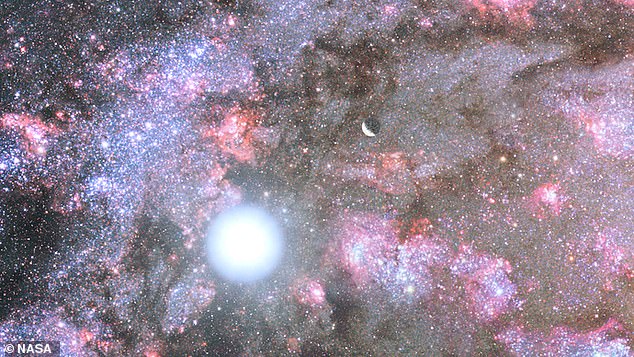Astronomers have found what they believe to be one of the universe’s oldest stars, a 13.5-billion-year-old body formed almost entirely of materials spewed from the Big Bang.
The star’s age suggests the part of the Milky Way where our sun resides could be at least three billion years older than previously thought, according to researchers at John Hopkins University in Maryland.
The composition of the newly discovered body indicates it could be just one generation removed from the Big Bang in the cosmic family tree.
“This star is maybe one in 10 million,” said Kevin Schlaufman, an assistant professor of physics and astronomy and lead author of the study, published in The Astrophysical Journal.
”It tells us something very important about the first generations of stars,” he added.
The first stars formed after the universe began with the Big Bang 13.8 billion years ago were made up entirely of hydrogen, helium, and small amounts of lithium.
Those stars then produced elements heavier than helium in their cores and seeded the universe with them when they exploded as supernovae.
The next generation of stars formed from clouds of material laced with those metals, incorporating them into their composition. The metal content of the universe’s stars increased as the cycle of star birth and death continued. Our sun is thousands of generations down that line.
The newly discovered star – named 2MASS J18082002–5104378 B – has extremely low metal content, indicating it formed relatively shortly after the Big Bang.
Researchers at John Hopkins said the star contained less metal than any other previously discovered.
The star is part of a two-star system orbiting around a common point in the Milky Way’s “thin disk” – the part of the galaxy that contains our own sun.
The discovery of its smaller companion star – almost invisibly faint “secondary” body – was crucial in enabling Prof Schlaufman’s team to study the largest star’s mass. They detected a slight “wobble” as the smaller star’s gravity pulled at it.
The finding of the new low-metal star opens the possibility of the oven older bodies could be discovered, researcher said.
“If our inference is correct, then low-mass stars that have a composition exclusively the outcome of the Big Bang can exist,” said Prof Schlaufman. ”Even though we have not yet found an object like that in our galaxy, it can exist.”








